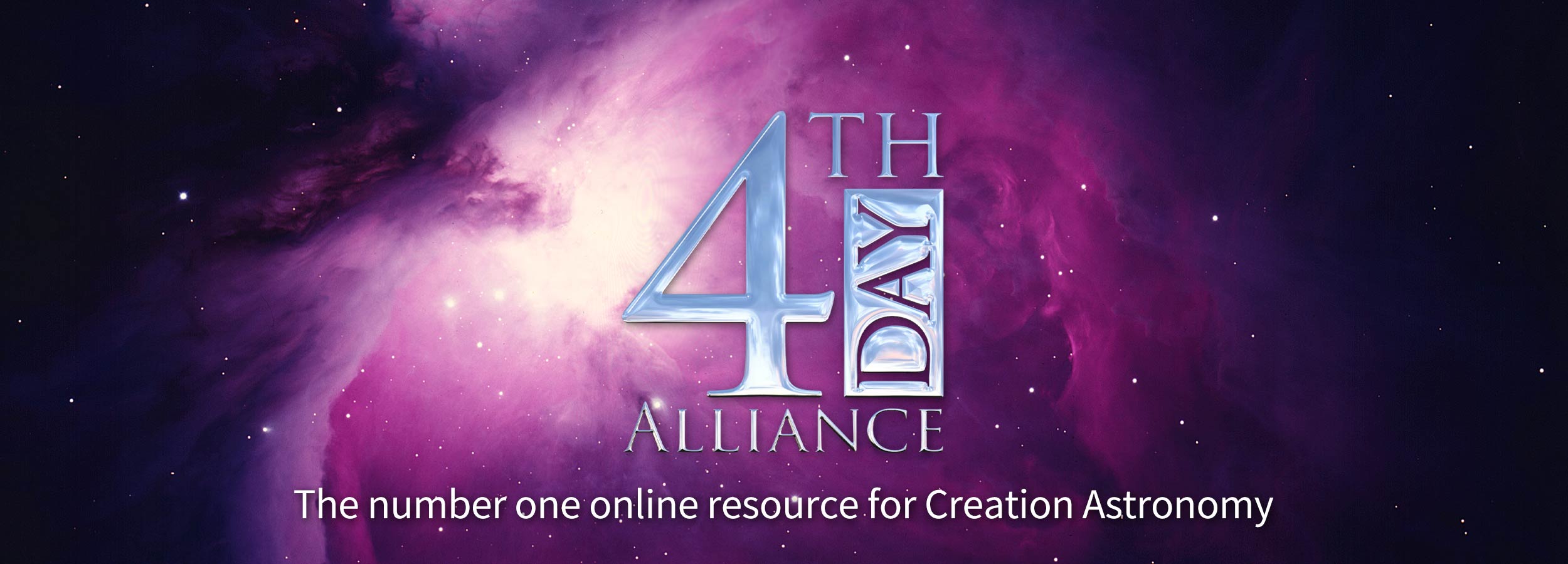
GETTING STARTED
Getting Started
Astronomy isn’t nearly as difficult as people think it is. Unfortunately, many Christians are intimidated by this branch of science because of the things they have heard over the years like, “the Big Bang,” and “billions of years ago…” or “dark energy,” and “black holes," "quasars,” etc. The truth of the matter is that the real fun and excitement in astronomy comes from visual observing.Don’t worry about all of the “high powered” jargon and lingo. You can learn that later. We will constantly update our glossary page so that you can look up the meaning of various words at your leisure.
For now, just focus on learning the basics. Astronomy should be fun, and we want to help you have fun while you glorify the Creator and abolish evolution. What can be more fun than that? On this page, we would like to walk you through the first steps you can make to familiarize yourself with astronomy. Don’t worry, it is very easy and very fun!
1. Learn the night sky with the naked eye.
Don’t worry about buying a telescope yet. You don’t need one. Just go outside and look. However, don’t just look aimlessly. You and your children will have more fun if you learn the night sky. Find out what the names of the bright stars are, and then learn the major constellations/asterisms. Then, learn where the planets are. This process of learning and then observing visually will undoubtedly get you started and excited.2. Use FREE resources.
Astronomy has a bad rap for being an expensive hobby. And, with all of the money that can be spent on gadgets and gizmos, lasers, GPS-powered telescopes, eyepieces, observatories, mounts, sights, CCDs, digital cameras, tripods, etc. (whew), it's no wonder that people look at astronomy as a money-hound.However, it doesn't have to be this way. The most important tool of all is the one that God gave you, which is the tool/gift of sight. He gave you two eyes so that you can go outside and look!
Beyond that, there are many great tools available that are absolutely FREE. Our website is a great place to start. We will constantly add new features and articles to our site to keep you busy learning. Additionally, there are many other resources available online and at your library to help you learn. I would suggest finding books that are strictly factual in content and not theoretical. Find books with star maps, and books that explain basic astronomical terms along with true observational science. Steer away from books about the big bang, dark energy, wormholes, quantized redshifts, and the like because they are mostly just filled with conclusions and inferences drawn from men's vain attempts to explain mysteries without the knowledge of God.
Magazines are somewhat useful, but the vast majority of them, particularly Sky and Telescope and Astronomy are so loaded with evolution that they are mostly a burden.
3. Buy Binoculars first.
When you finally decide to go ahead and make an equipment purchase, we suggest that you buy a good pair of astronomy binoculars before you invest in that "big telescope." Binoculars are easy to carry, do not need to be set up, and open up a completely new night sky for its viewers.Plus, binoculars are relatively inexpensive. We recommend using the binoculars that you (probably) already own first. Then, when you are ready to buy a decent pair of astronomy binoculars, start with a 10 x 50 pair. The ten represents the magnification of the binoculars (10 times magnification) and the 50 represents the aperture (the width of the opening on the lens).
4. Start with the moon, the planets, and the major constellations.
Dive into the highlights of the night sky. The moon changes every night and is very fun to look at. Also, take note of the planets. They move slowly every night. You should be able to see Jupiter's four largest moons through a pair of 10 x 50 binoculars.Next, learn the major constellations along with their features. For example, learn how to find the Big Dipper (in Ursa Major). Then be sure to learn and see how the "bend in the handle" is actually two stars—Mizar and Alcor. Then learn how to use the Big Dipper's pointer stars to find Polaris (the North Star). After that, you may want to head over to Orion and then find the Orion Nebula in Orion's sword.
4. Invite your friends over.
This is where astronomy really gets fun. Take the materials you have, the knowledge you've gained, your binoculars, some popcorn, hot chocolate, and your friends, and go outside and have a look. Share your knowledge with your friends and family. Let them look through your binoculars (or telescope if you have one). Explain and share how God Almighty created all of the wonders of the night sky simply by speaking it into existence!5. Go to a 4th Day Alliance star party.
At one of our star parties, you will have the opportunity to look through many different telescopes and look at things like you've never seen them before. Plus, you can ask questions about astronomy and have them answered from a biblical perspective. If you would like to host your own star party, please contact us and we can make arrangements.6. Buy a green laser.
The green laser pointer has to be the best astronomy accessory ever invented. With a green laser pointer you can literally point out the stars to your friends. Instead of saying "look at that star over their between those two houses straight above the telephone poles about a car's length away from the top of that tree," you can literally just point to it with the laser.A green laser will add a brand new dimension to your family's night out under the stars. You can buy them online in our store.
7. Buy books and software.
Now that we have progressed into the spending money stage, we suggest that you buy good books and software to help you further your understanding and zeal of the night sky. There are many good creation astronomy books available which you can find in our bookstore. For starters, we highly recommend the book Signs and Seasons. This book gives you an excellent introduction to astronomy and it is replete with graphics that make astronomy accessible to everyone.Software is also a tremendous help, but almost all astronomy software out there is littered with evolution and "billions of years" theology. However, in this case, I would say that it is best to "chew the meat and spit out the bones." Imaginova software has a good and inexpensive piece of software called Starry Night Core (a downgraded version of their Starry Night software) that is very good and remarkably affordable.
8. Ask lots of questions and keep learning.
Finally, don't be afraid to ask questions. We are here to help, and we don't mind responding to your questions by phone or email. Most of the questions that people ask are answered on our FAQ page, and others in various books, but if you can't find your answer there, then feel free to contact us.ADDRESS:
4th Day Alliance
1908 E Osceola Pkwy #222
Kissimmee, FL 34743
(689) 888-7944
4th Day Alliance
1908 E Osceola Pkwy #222
Kissimmee, FL 34743
(689) 888-7944

